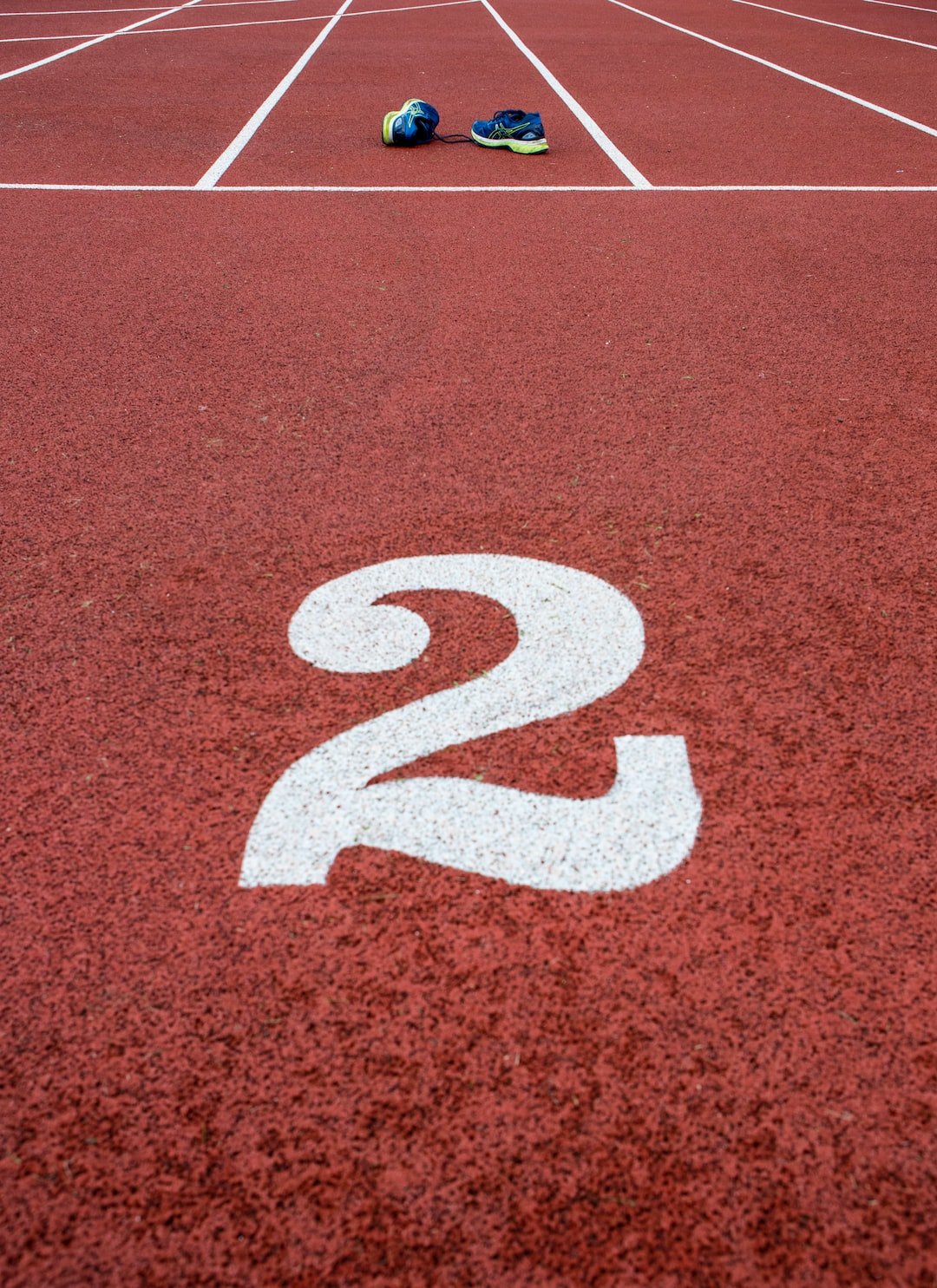Gamification is a technique that involves applying game mechanics to non-game contexts such as marketing, education, and training. By introducing game elements like competitions, points, badges, and rewards, companies are able to engage and incentivize their customers, ultimately leading to enhanced customer loyalty and increased sales. In retail, gamification can be a powerful tool for improving customer satisfaction, encouraging purchases, and building brand awareness. Here are some tips on how to use gamification to boost your retail sales.
Create Interactive Games and Contests
One of the most common ways to gamify your retail experience is by creating interactive games and contests. These games can take many forms, from simple scratch cards and quizzes to more complex interactive experiences like scavenger hunts and escape rooms. The key is to make them fun, engaging, and relevant to the products or services you’re selling. For example, a fashion retailer could create a “Fashionista Challenge” where customers are given tasks such as putting together an outfit or guessing the price of an item. The winners could receive discounts, free products, or even a chance to be featured on the store’s social media channels.
Incorporate Points, Badges, and Rewards
Another effective gamification technique is to incorporate points, badges, and rewards into your retail experience. This involves giving customers points for certain actions such as making a purchase, sharing a product on social media, or writing a review. These points can then be redeemed for rewards such as discounts, free products, or exclusive access to events or promotions. To make these rewards more valuable, consider introducing tiered systems where customers can unlock higher rewards by accumulating more points.
Engage Customers Through Social Media
Incorporating social media into your gamification strategy is a great way to engage customers and drive sales. You can create contests or challenges that require customers to share content on their social media profiles, use specific hashtags, or engage with your brand in other ways. This not only helps to spread the word about your brand, but also encourages customers to interact with your products or services in a more meaningful way.
Offer Personalized Recommendations
Personalized recommendations are a key component of many successful retail gamification strategies. By using data analytics and machine learning algorithms, you can create personalized recommendations for your customers based on their browsing and purchasing history. This not only helps to boost sales by promoting products customers are more likely to be interested in, but also creates a more engaging and personalized shopping experience.
In conclusion, gamification can be a powerful tool for boosting retail sales by improving customer engagement and loyalty. By creating interactive games and contests, incorporating points, badges, and rewards, engaging customers through social media, and offering personalized recommendations, you can create a more engaging and enjoyable retail experience that will keep customers coming back for more.

